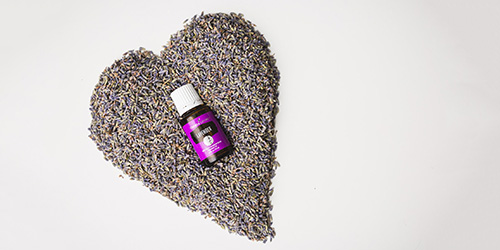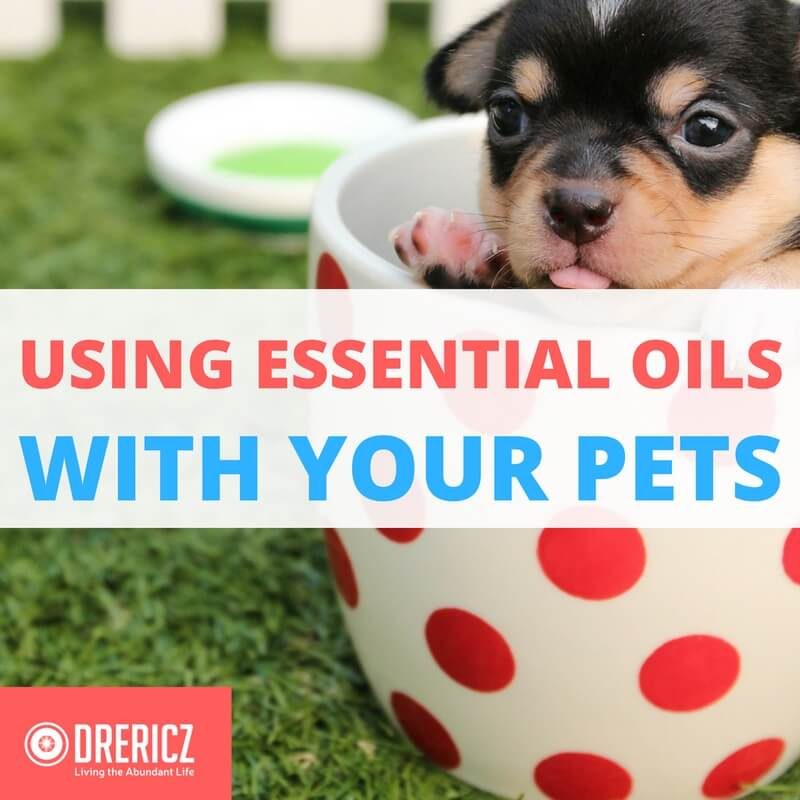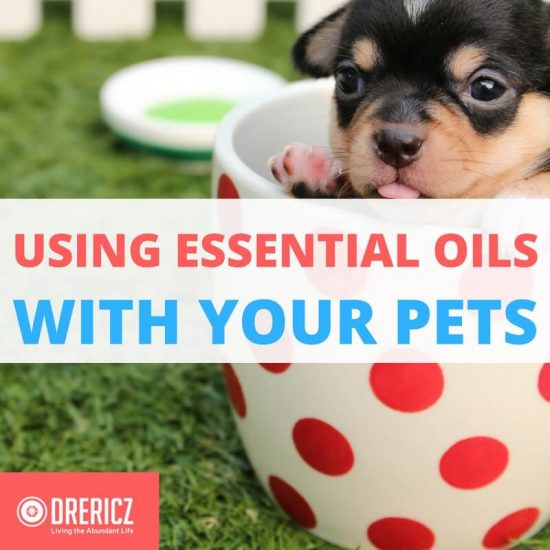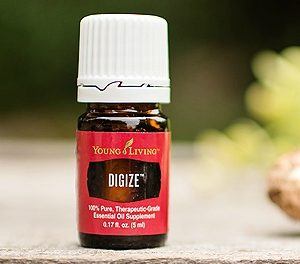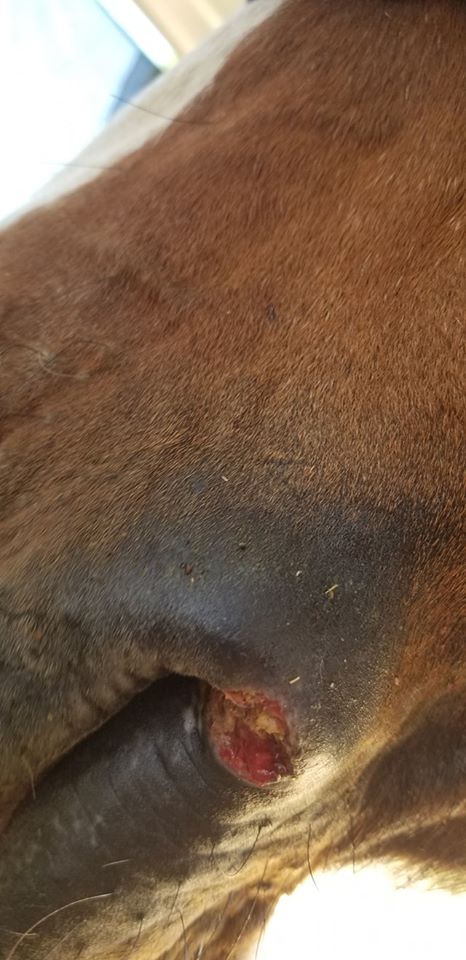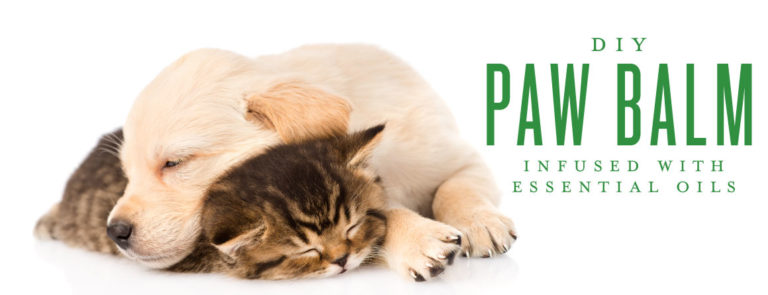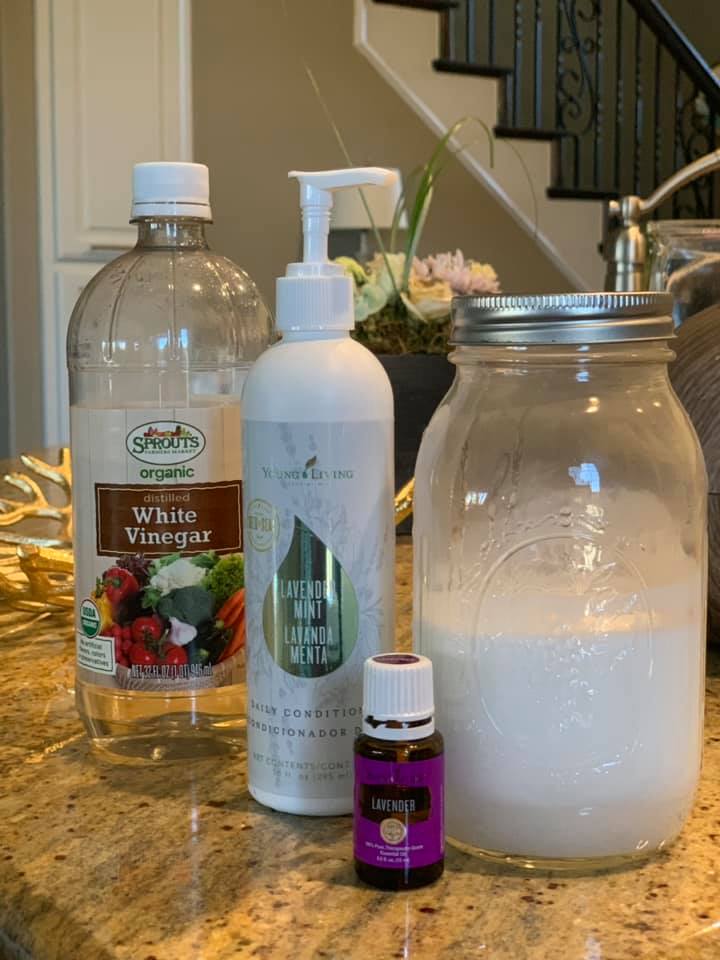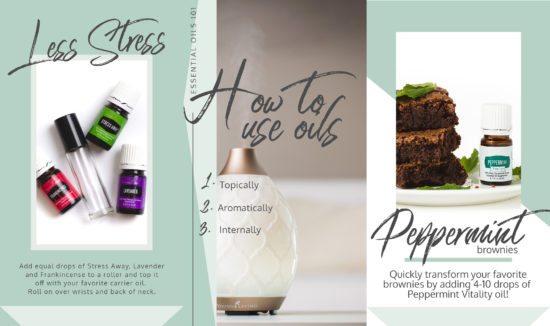Article by Dr. Eric Z
If there’s one thing I’ve learned about pet owners, it’s that they would do anything to keep their loved ones healthy. I get asked about how to use essential oils for dogs all the time, but I specialize in human research. This is why I wanted to feature a special Q & A with my good buddy, Dr. Janet Roark who knows all things related to pets and essentials!
During the Essential Oils Revolution 2 online summit, I had the privilege of interviewing Essential Oil Vet Janet Roark about the ins-and-outs of animal aromatherapy, and these are some the best takeaways from our chat about using essential oils for dogs and other pets.
To learn more about Dr. Roark and to follow her work – check out her Facebook page Essential Oil Vet – Janet Roark, DVM & website!
For more DIY tips go to https://oily.life/katscorneressentiallysimple
1. What Do Pet Owners Need to Know About Essential Oils for Dogs?
Essential oils (EO) are highly concentrated lipid soluble volatile aromatic compounds distilled from plants. It is important to note that not all essential oils are created equally. When considering whether or not to use essential oils for dogs and other pets, you need to carefully consider the quality of the EO.
Has it been third party tested? Is it considered a pharmaceutical grade EO that is safe to use topically or internally? Many EO’s on the market today are what I consider “perfume grade.” While these may say that they are “100% pure” on the label, they often contain extenders or other substances in addition to the EO in it that are toxic to small animals like dogs and cats. These should be avoided. If you are not sure as to the quality of the oil you are purchasing, it is best to consult with an expert, such as your local veterinarian. If it says on the label “for aromatic use only,” it’s probably best to avoid that one with your dogs and other pets.
High quality EOs can greatly benefit your pets. Many essential oils for dogs and other pets have emotional benefits as well as physical benefits. Because EOs are lipid soluble, they can be absorbed into cells through the cell membrane. This is one of the reasons are so powerfully effective. Since they are distilled from plants, and no two plants are the same, EOs do not show the same bacterial resistance as some of our synthetically made therapies. This is very exciting as a scientist, knowing that we have one more tool in our toolbox to combat difficult to treat conditions, simply by enhancing an animal’s own immune system through a natural approach! There is a lot of research available that shows that many EO constituents have antiviral, antibacterial, antifungal, antitumoral, and antioxidant properties.
2. Are Essential Oils for Dogs and Other Pets Safe to Use?
EOs can safely be used around dogs and other pets and they can receive the benefit from them in many different ways. With large animal herbavores such as horses, cattle, llamas and alpacas and even sheep and goats, essential oils for pets applied topically directly to the area of concern, even without dilution or along the spine similar to how you would apply them to a human, is both safe and effective. With small animals such as cats and dogs, you do have to be a bit more careful.
- Birds – they are very sensitive to Eos and I typically only recommend using water diffusion with birds. Avoiding the hot oils may be prudent, but I tell bird owners and small animal owners what I tell all my pet owners: I think it’s really interesting that so many people will put a commercial, chemical filled air freshener in every room in their house without thinking twice about it, but are worried about harming them with essential oils! I do love that people are cautious (as they should be) with their pets. In general, each individual animal has preferences and dislikes, and sensitivities, just like different people do… so I always tell people to just observe your pets behavior – if it is behaving normally, all is well – if it is behaving abnormally, that may be an oil that they are sensitive to. They are very good at telling you!
- Cats – they lack an enzyme in their liver that is important in the metabolism of many types of things. This makes cats susceptible to ALL kinds of toxicity, including plant, NSAIDS (like aspirin, ibuprofen and Tylenol), chocolate and caffeine (methylxanthines), lead, zinc, and many, many types of pesticides. *The oils to stay away from, and use something different if you can, are the oils that are high in phenols or ketones as far as direct application (topical or internal) to your cat (basil, birch, cinnamon, clove, fennel, melaleuca, nutmeg, oregano, peppermint, thyme, rosemary, spearmint, and wintergreen.) They are also sensitive to d-limonene containing oils (bergamot, dill, grapefruit, lemon, lime, orange, and tangerine).
- Dogs – there are many different sizes of dogs and in general, the smaller the dog, the more you want to dilute the EO. Oils I tend to avoid with dogs include Melaleuca, Birch, Camphor, and Wintergreen simply because there are safer, less controversial oils that we can use that are just as effective.
- Pocket Pets – with rabbits and many “pocket pets” such as guinea pigs, sugar gliders, chinchillas, hamsters, and the like, they are hindgut fermenters, so you want to be very careful when using essential oils with strong anti-bacterial properties around them such as cinnamon, cassia, and oregano, as they have a delicate digestive flora that you do not want to inadvertently disrupt with the use of Eos.
For animals with seizure disorders, there are some oils that are thought to lower the seizure threshold, so those oils should be avoided. That includes Basil, black pepper, Camphor, Eucalyptus, Fennel, Hyssop, Sage, Rosemary, Wintergreen.
Also, animals with any bleeding disorders or that have difficulty clotting or are being treated with an anticoagulant, they should avoid topical application of oils such as Birch, Cassia, Cinnamon, Clove, Fennel, Oregano, and Wintergreen.
Caution should be used with pregnant or nursing animals, and hot oils should be avoided or highly diluted. Other oils to avoid include Basil, Cassia, Cinnamon, Clary Sage, Rosemary, Thyme, Wintergreen, and White Fir.
3. What Are Common Things for Which You Can Use Essential Oils for Dogs and Other Pets?
Behavioral issues such as separation anxiety, thunderstorm anxiety, and fear or fear-based aggression: I typically recommend either lavender alone or a combination of lavender and vetiver with great success.
- Allergies: This is complex, but with dogs and large animals, I recommend internal use of frankincense, lemon, lavender, and peppermint 2-3 times daily as well as Omega 3 supplementation. I always recommend working with your veterinarian in these cases to determine the source of the Allergy, because addressing the root cause will help prevent the itching. Sometimes it takes a while to figure it out but it is well worth it, in my opinion.
- Ear Infections: cleaning the ears regularly with a natural ear cleaner is essential – you can make one yourself even! Then around the base of the ear, apply diluted lavender, Frankincense, geranium and basil.
- Neoplasia: uncomplicated cases can benefit from support with frankincense and sandalwood. I always recommend working with a veterinary oncologist in these cases.
- Seizures: frankincense orally twice daily as well as omega 3 supplementation.
- Transitions: bringing a new puppy home, or transitions between homes or adding a new animal to a herd, the combination of lavender and myrrh really help with the adjustment period.
There are many other uses for essential oils for dogs and other pets including liver support, kidney support, immune support, and general health
4. How Do You Apply Essential Oils for Dogs and Other Pets?
The most common thing you will hear are: topically, aromatically, and internal. Caution should be used when starting anything new. Just like you need to adjust a change in food for your animal slowly, introducing EO’s should be done slowly as well. Start with a small amount of a dilute EO, and observe your animal’s behavior. If the response is neutral but you are not getting the therapeutic effect desired, you can always add more EO or increase the frequency of application, but you do not want to start out with a large amount right from the get-go.
Since every individual is different and has a body chemistry unique to that animal, they each tolerate EO’s to a different extent. For example, my puppy absolutely loves EO’s, no matter which one I choose, whereas my older Scottish Terrier is much more sensitive and prefers diffusion. So just observe your pet’s behavior – if it behaving normally, all is well – if it is behaving abnormally such as trying to rub the oil off of an area that you applied it topically, squinting, rubbing their nose, or trying to get out of a room where you are diffusing, then that individual may be sensitive to that particular oil.
Let’s start with aromatic application of essential oils for dogs and other pets:
- Nebulizing diffusers or ones that pull oil directly from the bottle of the oil and disperse it into the air: only use open room diffusion where the animal can leave the room if you are using this type of diffuser in your home.
- Water diffusion: this is highly recommended with any animal and the best way to begin to introduce Eos into your home or clinic. Start with 1-5 drops of oil in your diffuser. You can use water diffusion in different ways too, in an open room, a closed room, near your animal in a smaller space such as a cage or enclosure, or even via tenting for short periods of time.
With any type of diffusion, monitor your pets behavior during the diffusion and respond accordingly. They will tell you if it’s one they like or need or absolutely cannot be around or it’s too much.
Topical application of essential oils for dogs and other pets:
Again, start out with diluted oils and add more if needed when you are first starting out.
- Pet along the spine – this is the most common topical application I use as it’s the best tolerated.
- Ear tipping– applying the diluted oil to the tips of an animals ears. Some animals tolerate this, but many do not. Avoid using this type of application with long eared dogs as they may shake their head and get the oil in their eyes accidentally.
- Applying to paws – again this is not always very well tolerated in small animals. Be sure to get it on the skin between the paw pads. This is a fairly sensitive area so be sure to use dilute oils.
- Water misting – this is great for birds: add a drop of oil to several ounces of water, shake, and spritz on the animal. This is also helpful for large animals if you are trying to cover a larger area or they don’t tolerate regular handling.
- Large animals – where the hoof meets the skin, or the coronet band. Very helpful when treating foot conditions or lameness issues in horses.
- DIY – Adding to topical products such as shampoo or coconut oil
- Indirect application – apply to bedding or an area your animal frequently comes into contact with.
Internal application of essential oils for dogs and other pets:
- In drinking water: 1 drop per 2 cups drinking water for dogs, 1 drop per liter for birds and smaller animals. NOT recommended essential oils for cats,
- In food: usually wet food recommended
Remember that with animals that groom frequently such as cats, birds, dogs, rabbits, and chinchillas, that topical application also means internal application. So, if this happens and the oil was applied topically, dilute it by applying a vegetable oil such as Fractionated Coconut oil directly over the area. Be careful not to use water, as that will drive the oil in deeper.
Essential Oils for Cats: A Special Note
Recently, there was a crazy post that went viral not using essential oils for cats. This was Dr. Roark’s response…
Once I get done with work I will do a FB LIVE tonight to address everyone’s concerns with the viral post about essential oils for cats. Please stop sending it to me. And stop freaking out. Your cats are fine. In the meantime, here is my stance on cats and oils, which you can find at www.essentialoilvet.com/frequently-asked-questions :
Ultimately, you will hear many things from many people about essential oils for cats. Here’s my take: Cats lack an enzyme called glucuronyl transferase. This is important for the Cytochrome p450 liver metabolism pathway. This makes cats very susceptible to ALL kinds of toxicity, including plant, NSAIDS (like aspirin or ibuprofen), Tylenol, chocolate and caffeine (methylxanthines), lead, zinc, many types of pesticides, and many other things.
So which oils do you stay away from? Most highly tested, therapeutic oils (not the ones from any grocery store – the ones that are tested by batch) are so pure that you can use them topically on cats sporadically in a highly diluted form (as if for infants – 0.25% to 1% maximum dilution). It’s not a good idea to use them topically or internally on your cat every single day (with some exceptions.)
*The oils to stay away from and use something different if you can are the oils that are high in phenols and eugenols as far as direct application (topical or internal) to your cat (basil, birch, cinnamon, clove, fennel, melaleuca, oregano, peppermint, thyme, and wintergreen) as well as oils high in d-limonene (citrus oils)
That being said, I have used a highly tested therapeutic grade tea tree on my own cats without dilution without any ill effects. (I do not recommend you do this, though!) Just like people, every animal is different and you should consult your veterinarian if you are concerned
>As far as diffusion – I diffuse everything! I just make sure not to diffuse anything in my kitty’s room (where his food is) and make sure he’s not “locked” in the room with the diffuser – he will go away if it’s one he doesn’t like or need. It is recommended that you use a water based diffuser rather than one that pulls oils directly from the bottle.
The main thing is, don’t give essential oils for cats topically or internally *every* day (with some exceptions), dilute them, only use highly therapeutic grade, tested essential oils, and when in doubt, feel free to ask.
They only essential oils that I can safely recommend are Young Living ! Why? Because I know there Seed to Seal promise (seedtoseal.com ) and I know Im never getting any type of harmful synthetics in my oils! Only 100% pure theraputic grade here! If you would like to learn more about Essential oils and Animals use my contact me form at https://oily.life/katscorneressentiallysimple
Or just get started with any of the Premium Starter Kits and start saving money of of retail, plus a option to join our essential rewards program and earn FREE products and discounted shipping ! You’ll Thank Me later
Kathryn Yateman
March 24, 2018
https://oily.life/katscorneressentiallysimple

